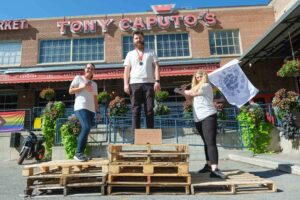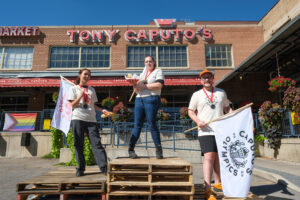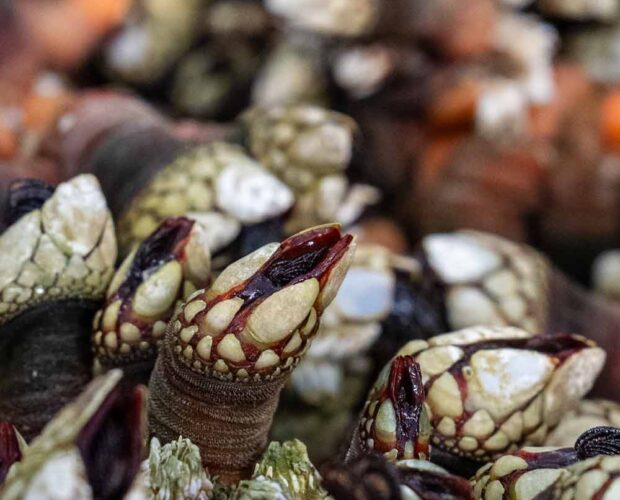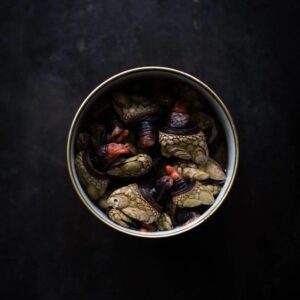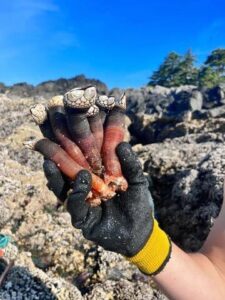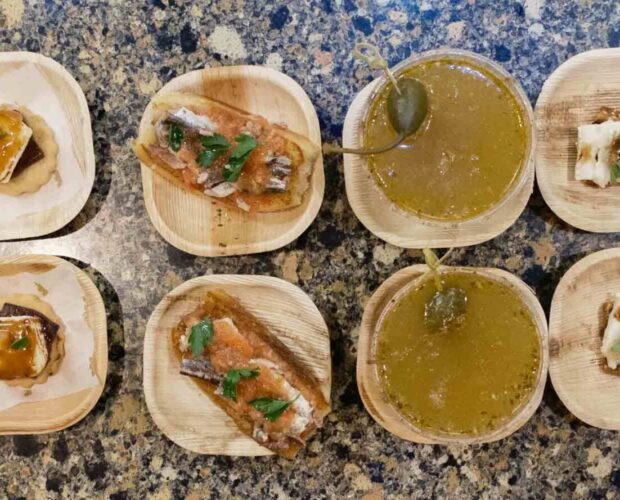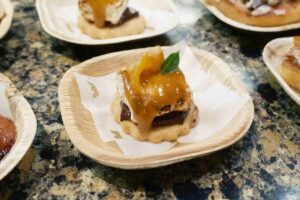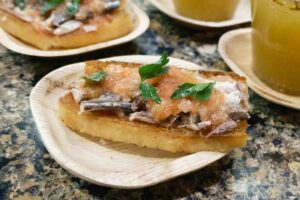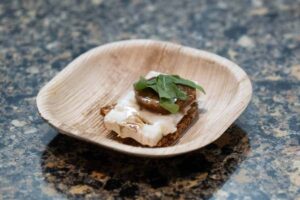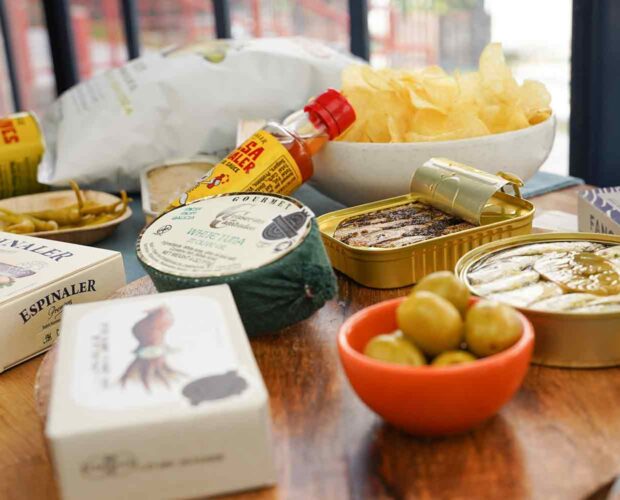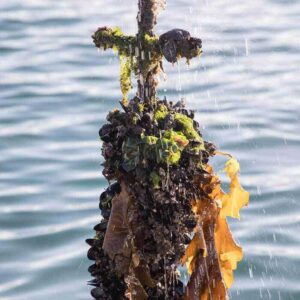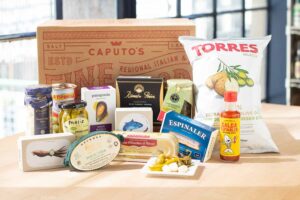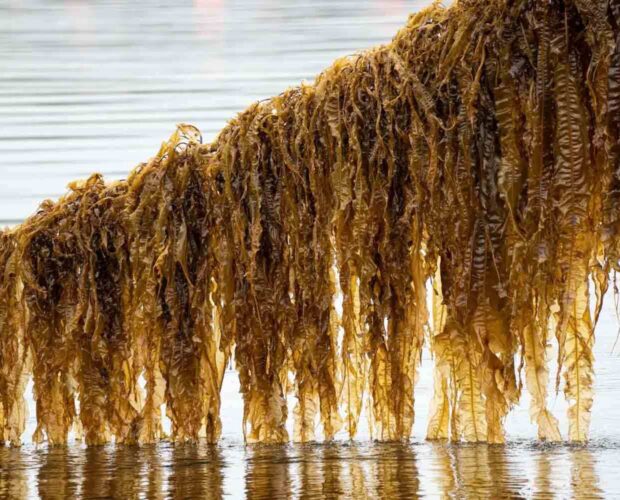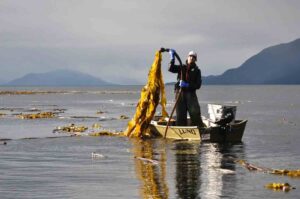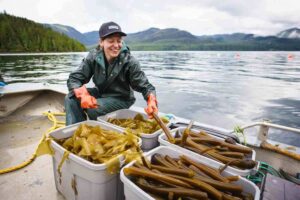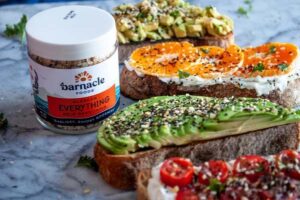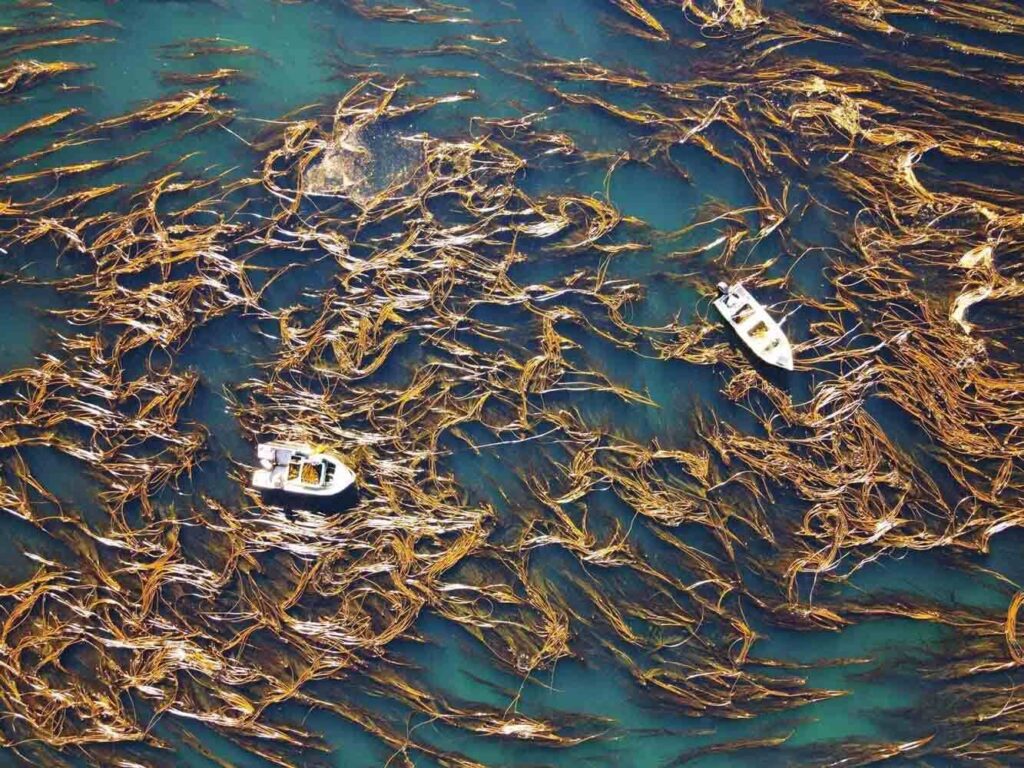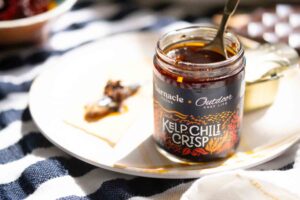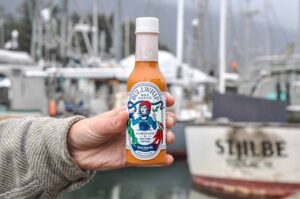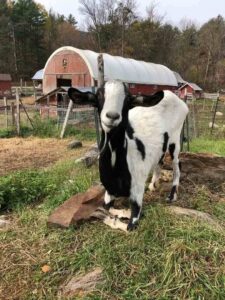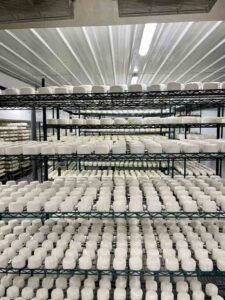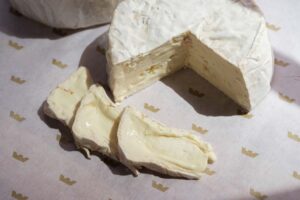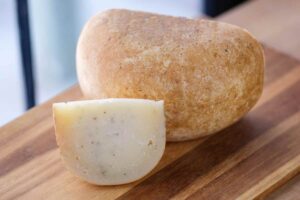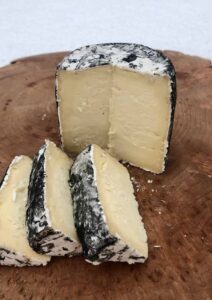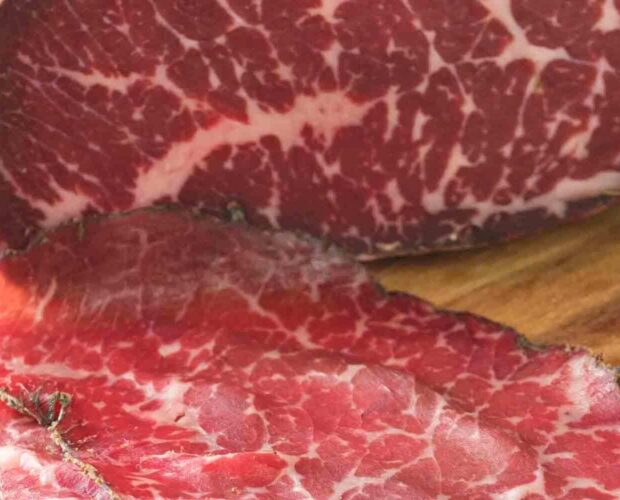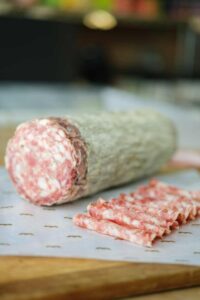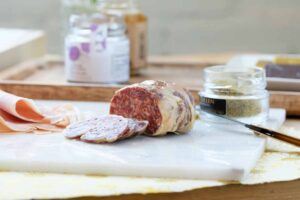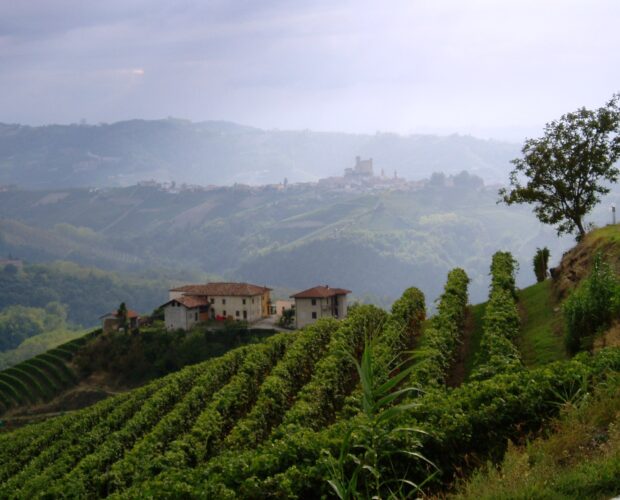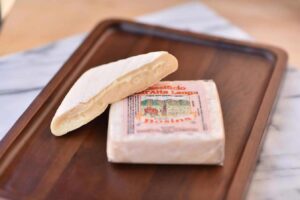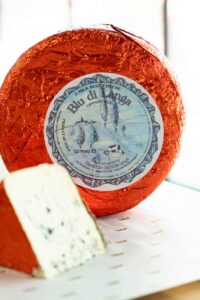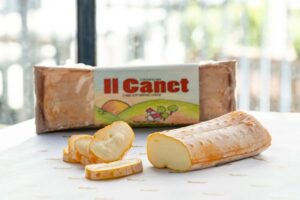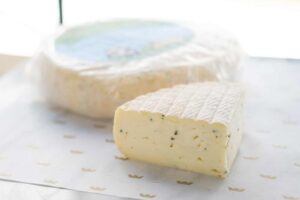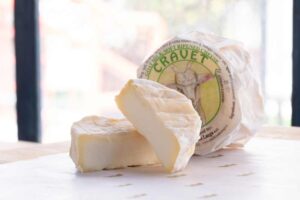Snow is falling, hot drinks are brewing, and we’re feeling festive despite the winter chill. However you celebrate, we’re happy to see your faces filling our markets to share the spirit of giving. Each year, we count down to Christmas with our very own 12 days of gifting. Whether or not you’d consider us your “true love,” we have all the gifts ready to share with you and yours.
We’ll roll these out on social media each day as we count down, but for the discerning reader, you can find all our true love gifts to share below. And with that…
🎵 On the first day of gifting, Caputo’s gave to me…

Fresh Truffles foraged from poplar trees 🎵
Imported from Italy by Urbani and foraged with deep care and respect for tradition, our truffles are the perfect gift for someone who already has it all. Pair a fresh truffle with a wooden truffle shaver to create drool-worthy slices to tuck into proteins, top simple pastas, and impress any guests your gift recipient may have (if they’re willing to share).
🎵 On the second day of gifting, Caputo’s gave to me…
 Twenty Caputo’s Chocolates 🎵
Twenty Caputo’s Chocolates 🎵
Crafted in Berkeley, CA by Chris Blue and distributed exclusively to Caputo’s, these chocolate gems are just as stunning as they are delicious (and trust us, that’s a high bar). Chris uses chocolate from Utah maker Solstice Chocolate as a base and fills each piece lovingly with seasonal flavors before decorating the molds. Available in custom boxes of 5, 10, or 20.
🎵 On the third day of gifting, Caputo’s gave to me…
 Three Festive Breads 🎵
Three Festive Breads 🎵
Panforte, Pandoro, and Panettone embody the faith, hope, and charity represented by the three French hens. These festive breads are imported from Italy and showcase regional pride for you to share with your loved ones. Pandoro and Panettone are market exclusives and reasons to stop by before they’re gone!
🎵 On the fourth day of gifting, Caputo’s gave to me…
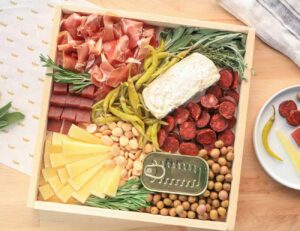
Four Catered Boards 🎵
Make like a bird and CALL to place an order for your custom board today. Party planning is stressful and we can do the busy work for you. Our market professionals start each day assembling boards that will impress and delight with both flavor and visual appeal.
🎵 On the fifth day of gifting, Caputo’s gave to me…
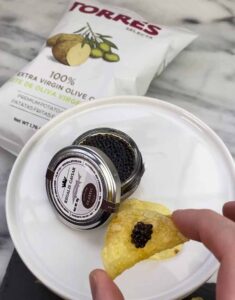 4oz Platinum Caviar 🎵
4oz Platinum Caviar 🎵
Five golden rings would pale in comparison to this rare and special gifting opportunity. Available in both 1oz and 4oz sizes, our Regalis Caviar Platinum Osetra represents only 5% of the yearly harvest. Sustainably farmed from Osetra (Russian) Sturgeon, the texture of this caviar is firm with a buttery mouthfeel and tasting notes of nuts and brine.
🎵 On the sixth day of gifting, Caputo’s gave to me…
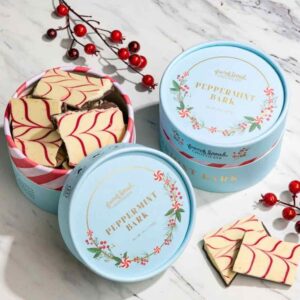 Six Festive Chocolates 🎵
Six Festive Chocolates 🎵
Are you a silly goose who forgot to order your gifts in time to ship for Christmas? Our selection of festive chocolates make delicious gifts all winter long, and we still have plenty on the shelves if you stop by our markets in person today. Check out six selections of many here below:
- French Broad Peppermint Bark
- Jcoco Brown Butter Cardamom + Pecan
- Mirzam Sun, Moon, & Stars Bar
- Omnom Advent Sundays
- Ritual Apres (Champagne + Raspberries)
- Rózsavölgyi Christmas in Space
🎵 On the seventh day of gifting, Caputo’s gave to me…
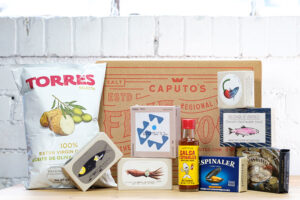 Seven Sea Creatures Swimming 🎵
Seven Sea Creatures Swimming 🎵
Our Feast of Seven Fishes Gift Bundle is here to introduce Conservas Culture to this classic Italian tradition. Each can is carefully selected to span a selection of flavors and provide a unique and delicious spin on your upcoming celebration.
🎵 On the eighth day of gifting, Caputo’s gave to me…
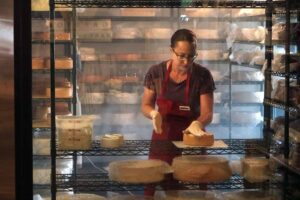 Eight Caves a-Cheesing 🎵
Eight Caves a-Cheesing 🎵
Okay only two caves, but with eight cheeses each for a total of 16 house created/transformed/revived beauties for you to share with you and yours. From fresh Mozzarella and Burrata, to imported Chabrin and Taleggio, Caputo’s Cheese Caves program has all the curds you need to impress this holiday season.
🎵 On the ninth day of gifting, Caputo’s gave to me…
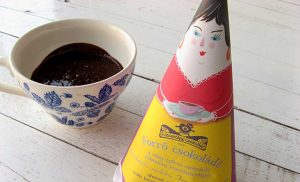 Nine Chocolates Dancing 🎵
Nine Chocolates Dancing 🎵
Drinking chocolate bags from Rózsavölgyi Csokoládé are decorated with festive winter characters. Ready not only to make delicious and decadent drinking chocolate, but also to dance at the command of any young (in age or at heart) pilot with a good imagination and cheer in their soul.
🎵 On the tenth day of gifting, Caputo’s gave to me…
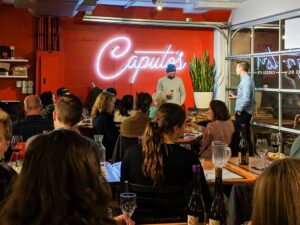 Ten Lords a-Learning 🎵
Ten Lords a-Learning 🎵
Much like the ten commandments they represent, our offering for the 10th day of gifting is meant to show you the ways… of delicious and easy snacking. Our class program covers everything from mocktails, cocktails, cheese, chocolate, and so much more. An excellent gift that can be shared remotely or in person, and purchased exactly as late as you feel like pushing your procrastination.
🎵 On the eleventh day of gifting, Caputo’s gave to me…
 Eleven Gift Cards – Easy! 🎵
Eleven Gift Cards – Easy! 🎵
No matter how late you’re getting your gifting done, gift cards are always on the table. Open up access to our online catalog with an online gift card, or purchase an in-store version for all your local friends. With options form $10 to $500, you can set a stocking stuffer, or make someone’s month with a larger gift.
🎵 On the twelfth day of gifting, Caputo’s gave to me…
 Twelve Months of Goodies 🎵
Twelve Months of Goodies 🎵
With our Culture Club subscription boxes, your loved ones can receive curated boxes with reminders of your love all year long. Sent out every two months and purchasable in month-to-month, 6-month, or full year subscriptions, Culture Club is truly the gift that keeps on giving.
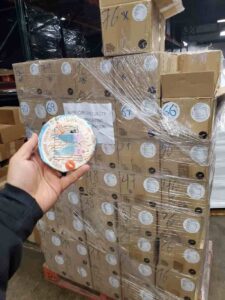 Elite troops have landed! In November, we received our first shipment from an artisan cannery Yelena and I have been attempting to partner with for several years. Conservas Gueyumar, located in Playa de Vega in Northern Spain, creates unique and artful tins from the same kitchen as their restaurant of the same name, Gueyu Mar.
Elite troops have landed! In November, we received our first shipment from an artisan cannery Yelena and I have been attempting to partner with for several years. Conservas Gueyumar, located in Playa de Vega in Northern Spain, creates unique and artful tins from the same kitchen as their restaurant of the same name, Gueyu Mar.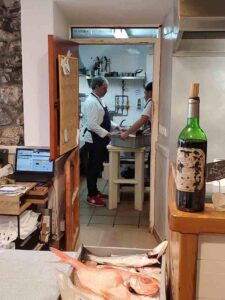 Abel Alvarez knows all the fishermen that supply his restaurant with the catch of the day. When we first met, he and his right hand man (Andre) were walking to the restaurant carrying baskets overflowing with fresh fish and crabs. Restaurants everywhere try to create the impression they source like this, but <1% actually do. Gueyu Mar walks the walk.
Abel Alvarez knows all the fishermen that supply his restaurant with the catch of the day. When we first met, he and his right hand man (Andre) were walking to the restaurant carrying baskets overflowing with fresh fish and crabs. Restaurants everywhere try to create the impression they source like this, but <1% actually do. Gueyu Mar walks the walk.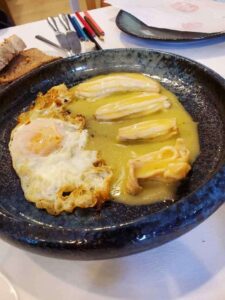 About half the dishes Abel serves in the restaurant use seafood directly from his tins. He doesn’t tell patrons which are fresh and which are tinned, and we found it impossible to tell. These Espardenas (sea cucumbers)? Tinned. The sauce was an emulsion of the oil from the tin, frothed and served with a masterfully fried egg. It was one of the most delicious dishes I’ve ever had, and infinitely better than other times I’ve tried the same.
About half the dishes Abel serves in the restaurant use seafood directly from his tins. He doesn’t tell patrons which are fresh and which are tinned, and we found it impossible to tell. These Espardenas (sea cucumbers)? Tinned. The sauce was an emulsion of the oil from the tin, frothed and served with a masterfully fried egg. It was one of the most delicious dishes I’ve ever had, and infinitely better than other times I’ve tried the same.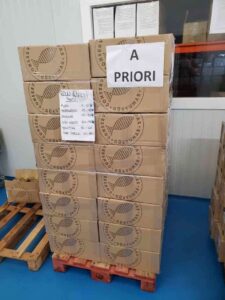 When the call came from our warehouse that our first shipment had finally arrived, I screamed like a maniac and ran straight out to see for myself. After so many years of admiration and work, Yelena and I are honored to be the importers of Gueyu Mar’s tins. This is why we do what we do! Now who wants to join us at the restaurant next time!?
When the call came from our warehouse that our first shipment had finally arrived, I screamed like a maniac and ran straight out to see for myself. After so many years of admiration and work, Yelena and I are honored to be the importers of Gueyu Mar’s tins. This is why we do what we do! Now who wants to join us at the restaurant next time!?
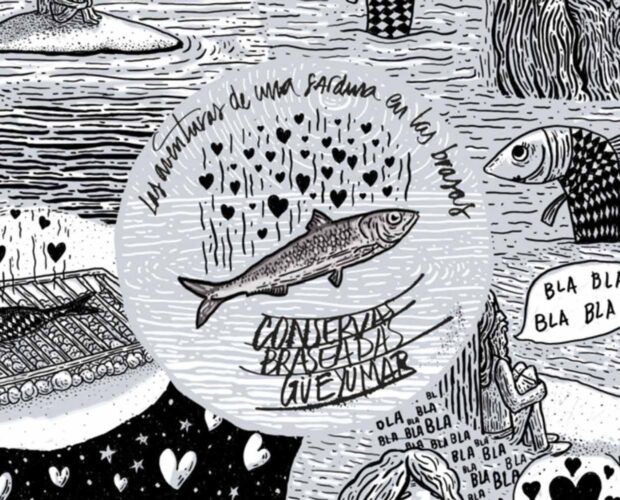
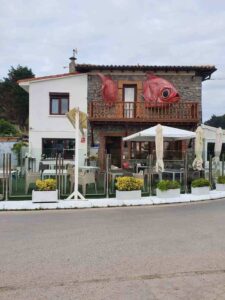
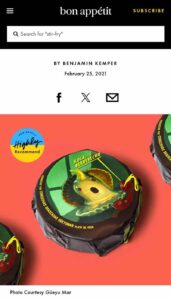
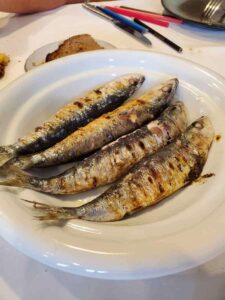

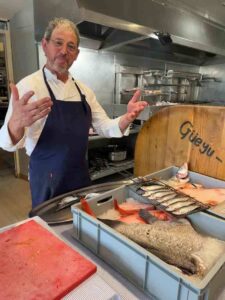
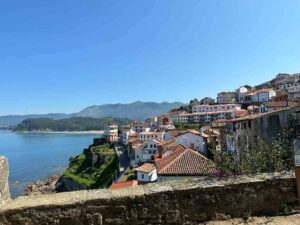
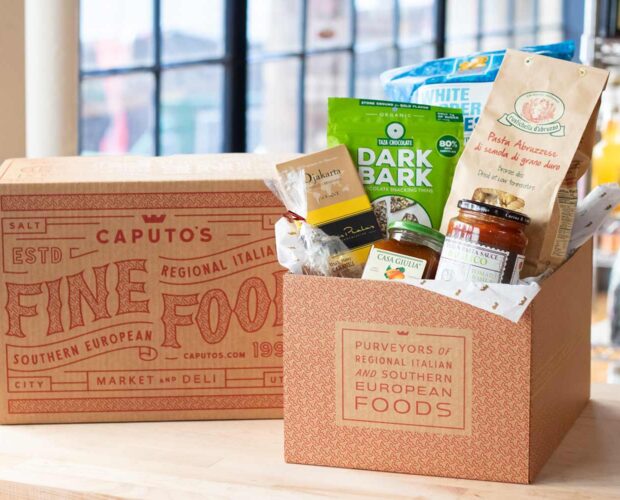












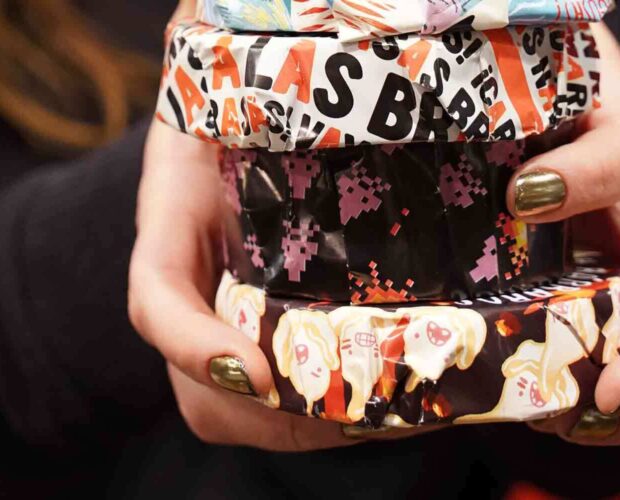

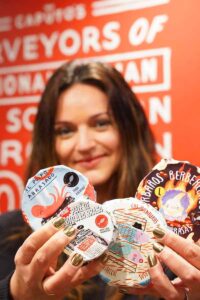
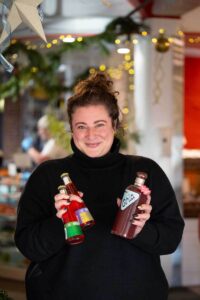
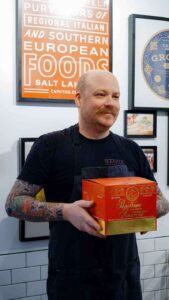

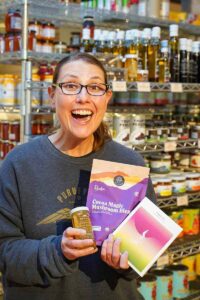
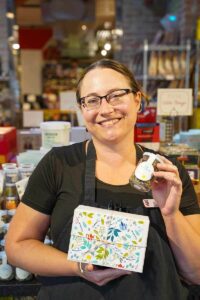
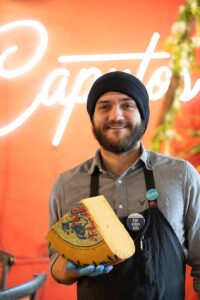
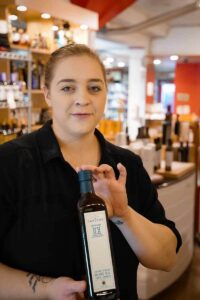
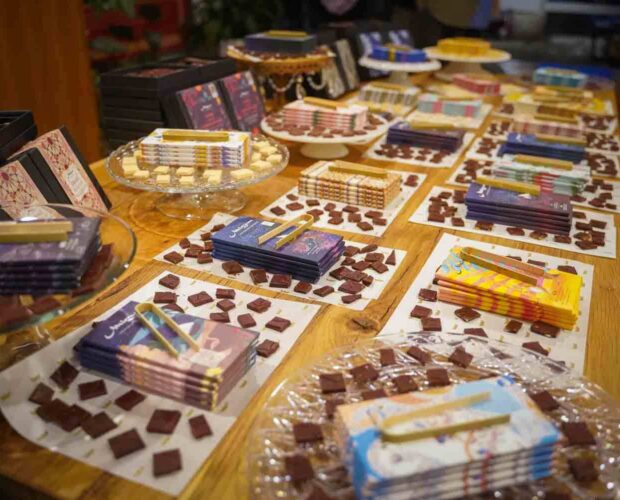
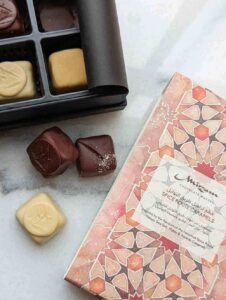
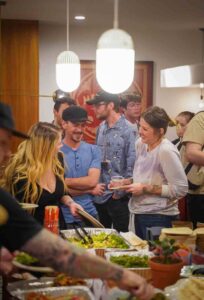

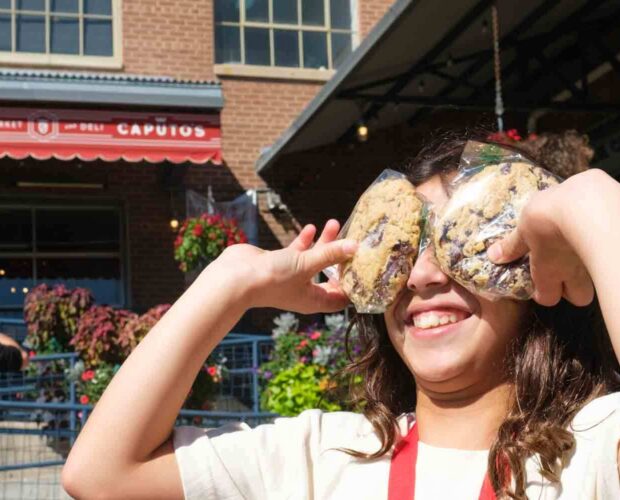
 For as long as we’ve had multiple branches, we’ve heard the hunger for competition. Each veteran behind the line thinks they can make the fastest, prettiest, most well executed sandwich. Each seasoned monger stakes a claim on their ability to carve the perfect
For as long as we’ve had multiple branches, we’ve heard the hunger for competition. Each veteran behind the line thinks they can make the fastest, prettiest, most well executed sandwich. Each seasoned monger stakes a claim on their ability to carve the perfect  We had so much fun, but it wasn’t really about how fast teams run or how far they throw a heavy tomato can. Caputo’s Deli Olympics are about our core values and aspirations. This event was a showcase on our drive to always strive for excellence in welcoming patrons with warmth, offering legendary customer service, connecting our community with world-class products, and promoting responsible stewardship of the Earth.
We had so much fun, but it wasn’t really about how fast teams run or how far they throw a heavy tomato can. Caputo’s Deli Olympics are about our core values and aspirations. This event was a showcase on our drive to always strive for excellence in welcoming patrons with warmth, offering legendary customer service, connecting our community with world-class products, and promoting responsible stewardship of the Earth.
 Best Written Response:
Best Written Response:

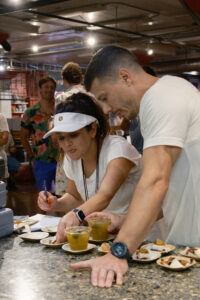

 Best Packed Box:
Best Packed Box: Cookie Discus:
Cookie Discus: Caputo’s Trivia:
Caputo’s Trivia:
